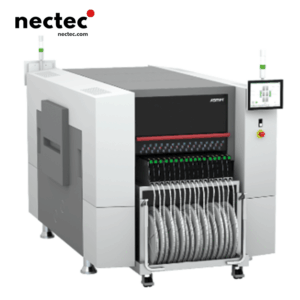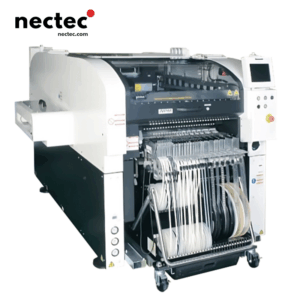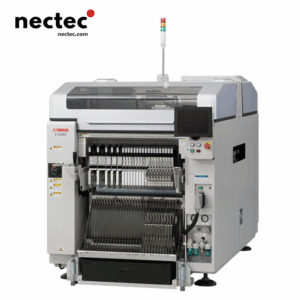The landscape of manufacturing is ever-evolving, particularly in the realm of electronics assembly. Surface Mount Technology (SMT) is a cornerstone of modern electronic manufacturing, enabling companies to produce smaller, more efficient devices. As technology advances, so too do the machines that lay the groundwork for electronic assembly: SMT placement machines. This article delves into the innovations and advancements within SMT placement machine factories, exploring how they are shaping the future of manufacturing.
Memahami Mesin Penempatan SMT
At its core, SMT is a method for mounting electronic components directly onto the surface of printed circuit boards (PCBs). SMT placement machines are specialized machines that facilitate this task by accurately placing components on PCBs at high speeds. These machines have transitioned from manual processes to highly automated systems, significantly increasing production efficiency and reducing errors.
Technological Advancements in SMT Placement Machines
Today’s SMT placement machines are equipped with advanced technologies aimed at improving accuracy and speed. One of the most significant advancements is the integration of artificial intelligence (AI) and machine learning algorithms. With AI, these machines can learn from previous placements, adapting to variations in components and PCBs, thereby reducing misplacement rates and improving overall quality.
Kecepatan dan Efisiensi
Modern SMT machines are engineered for speed. Some of the latest models can place thousands of components per hour. The introduction of multi-functionality, such as the ability to handle different component types without the need for extensive changeovers, has driven down production times. Furthermore, advancements in nozzle technology allow for the quick switch between different component sizes, enhancing overall productivity.
Pentingnya Ketepatan
In electronics manufacturing, precision is non-negotiable. SMT placement machines now feature highly precise vision systems that ensure components are placed accurately. These systems use cameras to verify the components’ orientation and correct placement in real-time, which minimizes the risk of defects and enhances the reliability of the final product.
Quality Control Enhancements
Quality control is crucial in SMT placement. Earlier models relied on manual inspection, which could be inconsistent. Today’s machines automate this process, using sophisticated image recognition technology to identify defects during production. With 100% inspection rates, manufacturers can catch issues early, dramatically reducing waste and rework costs.
Sustainability in SMT Manufacturing
As consumers become increasingly aware of environmental impacts, manufacturers are embracing sustainability. SMT placement machine factories are at the forefront of this shift. The latest models are designed with energy efficiency in mind, significantly reducing power consumption.
Eco-friendly Practices and Materials
In addition to energy-efficient operations, many manufacturers are moving towards using recyclable materials in their SMT placement machines. The goal is to reduce the carbon footprint associated with manufacturing. Some factories are investing in technologies that reduce emissions during production processes, aligning with global sustainability goals.
Industri 4.0 dan Manufaktur Cerdas
The rise of Industry 4.0 has transformed how factories operate, including those producing SMT placement machines. Smart manufacturing involves the interconnectivity of machines, data analytics, and cloud computing to create more efficient production lines. SMT machines are becoming increasingly connected, allowing for real-time monitoring and data collection.
Keputusan Berbasis Data
Machine data can provide insights into operational efficiency, downtime, and production rates. By leveraging data analytics, manufacturers can make informed decisions about maintenance schedules and optimize the entire production process. This shift towards data-driven decision-making signifies a major evolution in the manufacturing sector, allowing for increased flexibility and responsiveness in the face of market demands.
The Impact of Global Supply Chain Challenges
Recent global events have revealed vulnerabilities in supply chains. SMT placement machine factories are not immune. To mitigate these challenges, manufacturers are investing in localizing their supply chains and diversifying their resource sources. The goal is to build resilience against disruptions that can delay production timelines.
Operasi Manufaktur yang Tahan terhadap Masa Depan
By adopting advanced technologies, embracing sustainability, and enhancing flexibility in operations, SMT placement machine factories are future-proofing their production capabilities. This adaptability is critical in an industry that demands continual innovation and responsiveness to market shifts.
Kesimpulan: Jalan ke Depan
The advancements in SMT placement machines represent just a fraction of the innovations occurring within the electronics manufacturing landscape. As the industry continues to evolve, manufacturers who harness technology, prioritize precision, and invest in sustainability will be poised to thrive. With these advancements driving production processes, the future of manufacturing looks incredibly promising, ensuring high-quality electronic components for generations to come.









